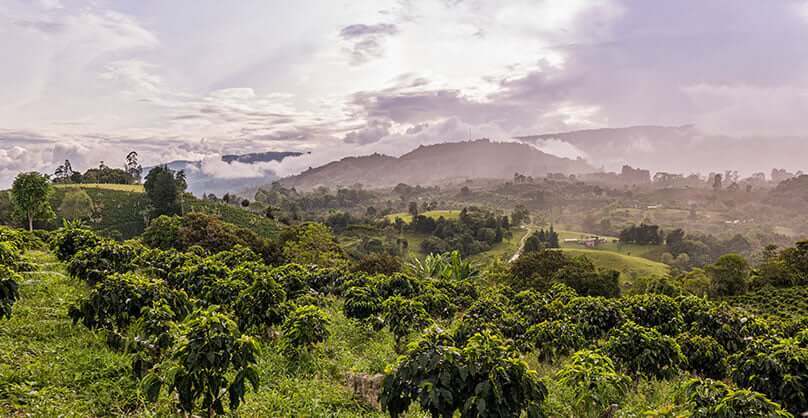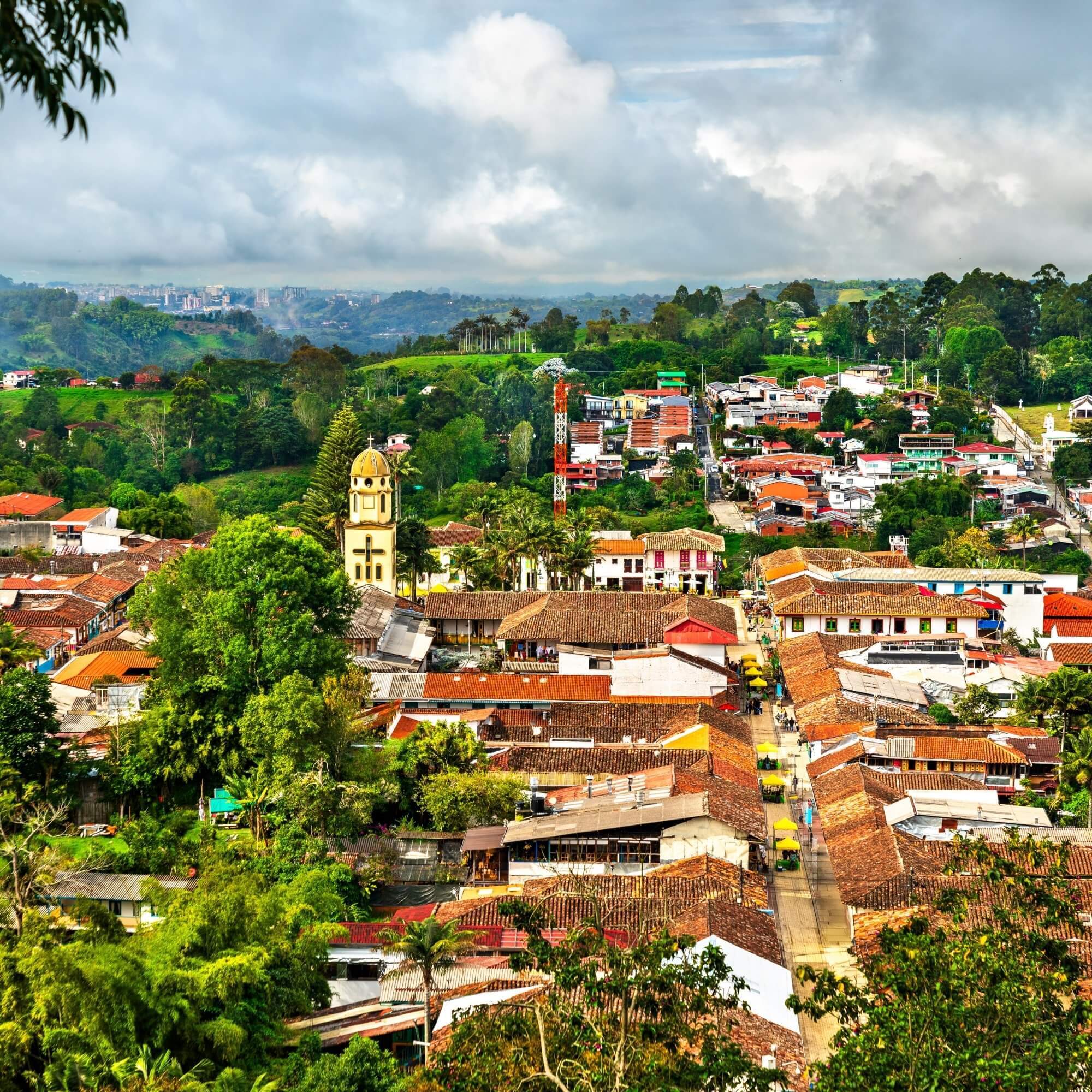Huila
Volcanic soils, high elevations, diverse microclimates; a modern Colombia reference.
- Altitude: ~1,500–2,000+ m
- Profile: Sweet citrus, red fruit, florals, panela-like sugar; ideal for standalone lots.
Colombia is the benchmark for balance. Three Andean ranges, vertical valleys, and meticulous washed processing create coffees that can be bright or chocolatey, delicate or dense — always with a clear sense of place when selection is done with intention.

Colombia isn’t one flavor; it’s a grid of elevations, exposures, and harvest windows. We select from specific departments and river valleys where terroir and processing consistently support clean, characterful cups.
Volcanic soils, high elevations, diverse microclimates; a modern Colombia reference.
Extreme elevations near the equator with cool nights and steep slopes.
Traditional and emerging specialty zones with improving processing standards.
Mountainous regions (e.g., Tolima) balancing fruit, sweetness, and structure.
Colombia’s three Andean cordilleras carve the country into high-altitude pockets with unique wind, rainfall, and soil. Many regions harvest twice — a main and a “mitaca” crop — which, combined with elevation, gives us near-continuous access to fresh lots.
In Huila and Cauca, rich volcanic soils and high elevations support dense beans with ripe citrus, florals, and sugar-cane sweetness. Nariño pushes elevation even higher, where slower cherry development and cooler nights yield intense clarity and layered acidity. Other regions tilt warmer or lower, leaning into cocoa, nut, and caramel that suit espresso and blending.
At Coo Coo’s Coffee, we treat Colombia as a toolbox: bright, articulate coffees for filter and seasonal features; deeper-toned profiles for blends; and select experimental lots when the producer’s control, not just the label, proves the concept.
Coffee in Colombia is built on hundreds of thousands of smallholder families, regional cooperatives, and quality-focused exporters. Generations of agronomy support and extension services have shaped how cherry is picked, washed, and dried — but climate volatility and tight margins remain real pressures. We aim to align with partners who respect that work, pay for quality, and keep improvements transparent so that every “Colombia” we offer is more than a generic comfort note.
Visuals to connect guests to the origin: steep fincas, hand-picked cherries, towns, and everyday coffee culture that sits behind each lot.









Last updated: November 8, 2025